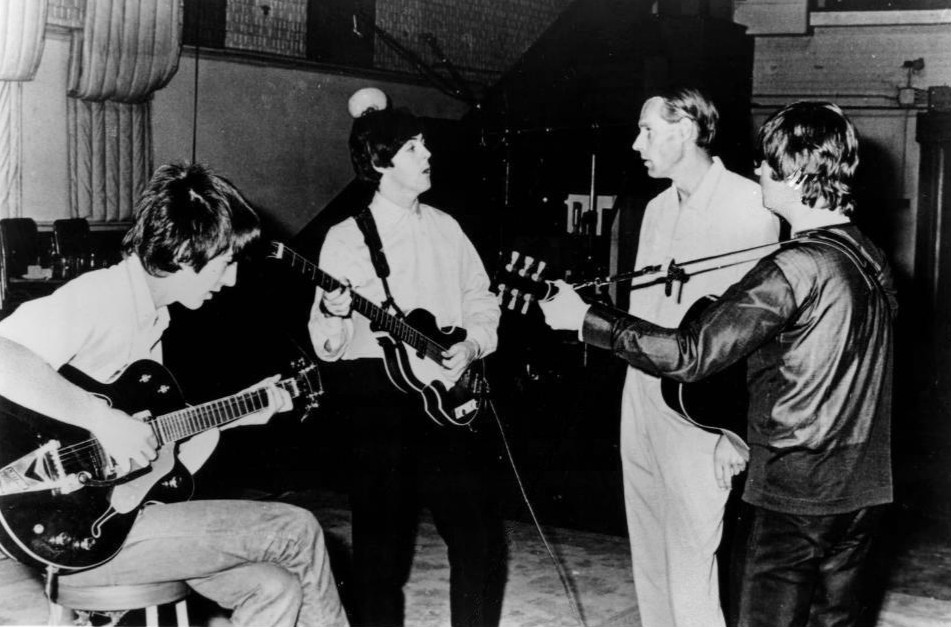The Beatles were writing songs in between their next tour...
- Register
- Log in to Tune-In
- Wishlist (0)
-
Shopping cart
(0)
You have no items in your shopping cart.
A Day in the Life Blog
It was a quiet day 50 years ago today (that we know of)
During this 3 month hiatus, 1966 would mark the last year that the Beatles would be tied to their classic "Mop-Top" image (although their hair was noticeably longer by this time) and all-together unified look. During this break, each member of the group coincidentally grew a moustache without consulting the others. Lennon began wearing his signature "granny" glasses during the filming of How I Won the War, cut his hair (he played the role of a soldier in that movie) and switched to wearing colourful paisley suits. They were never again filmed performing with a unified look, with the exception of a mocking scene in the promo for the 1967 song, Hello Goodbye.
On this day Paul McCartney and his girlfriend Jane Asher flew to Switzerland for a two-week skiing holiday.
The couple rented a chalet in the mountains about half a mile from the town of Klosters. During their stay McCartney worked on musical ideas for The Beatles' next album.
I can remember more about writing Revolver than about recording it. I was in Switzerland on my first skiing holiday. I'd done a bit of skiing in Help! and quite liked it, so I went back and ended up in a little bathroom in a Swiss chalet writing For No One. I remember the descending bass-line trick that it's based on, and I remember the character in the song - the girl putting on her make-up.
Anthology
The couple returned to England on March 20, 1966, after which McCartney moved into his house at 7 Cavendish Avenue, London.
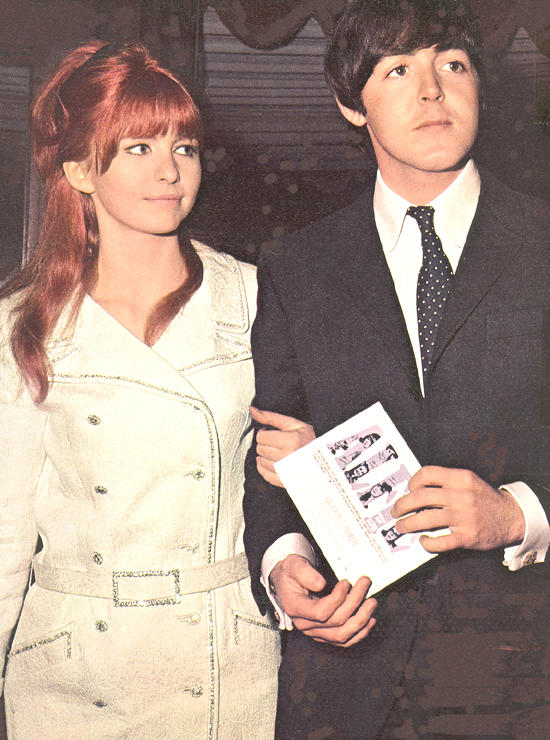
Reporter Maureen Cleave, a good friend of John Lennon's, wrote a personality article about him that would be published in the March 4th 1966 edition of the London Evening Standard. Cleave's piece was intended to present a portrait of the behind-the-scenes Lennon, and was entitled 'How Does A Beatle Live? John Lennon Lives Like This.' The article contained a number of Lennon musings, remarks and random thoughts from a recent conversation she had with him at his home in Weybridge, including John's personal view of the current state of religion: "Christianity will go. It will vanish and shrink. I needn't argue about that; I'm right and I will be proved right. We're more popular than Jesus now. I don't know which will go first, rock 'n' roll or Christianity. Jesus was all right but his disciples were thick and ordinary. It's them twisting it that ruins it for me."
A separate article with different content, including portions of the Jesus quote out of context from the original article, was published in the American teen fanzine 'Datebook' just before the Beatles' 1966 American tour.
Word-of-mouth rumors in America about John Lennon's Jesus quote spread quickly among anti-Beatle factions, even further out of context, as the ridiculous egocentric headline: 'John says Beatles are bigger than Jesus.' The outrage and reaction mostly seemed to be coming from the 'bible belt' in America.
John would later remark during a press conference in Chicago on August 12th during the Beatles' 1966 North American tour, "We could've just sort of hidden in England and said, 'We're not going, we're not going!' You know, that occured to me when I heard it all. I couldn't remember saying it. I couldn't remember the article. I was panicking, saying, 'I'm not going at all,' you know. But if they sort of straighten it out, it will be worth it, and good."
Lennon continued, "When it came out in England it was a bit of a blab-mouthed saying anyway... A few people wrote into the papers, and a few wrote back saying, 'So what, he said that. Who is he anyway,' or they said, 'So, he can have his own opinion.' And then it just vanished. It was very small. But... you know, when it gets over here and then it's put into a kid's magazine, and just parts of it or whatever was put in, it just loses its meaning or its context immediately... and everybody starts making their own versions of it." John would be asked many times during the 1966 tour to clarify what he had intended to say. Lennon explained in Chicago: "My views are only from what I've read or observed of christianity and what it was, and what it has been, or what it could be. It just seems to me to be shrinking. I'm not knocking it or saying it's bad. I'm just saying it seems to be shrinking and losing contact."
In some cities, reporters would ask Lennon to explain the Jesus comment repeatedly -- even multiple times within a single press conference -- baiting him to become upset or to say something even further inflammatory. Knowing their game, John kept his cool.
The public outcry against Lennon had been coming from a rather small minority of the population, but once the national media fanned the flames as much as they were able, reports of negative public reaction made it appear more widespread than it really was. For the minority of Americans who had been moved from religious outrage to action, the fallout did involve Beatle record burnings arranged by christian radio stations, Ku Klux Klan protests, and anonymous death threats. It also gave the older generation a sense of vindication that the Beatles were somehow bad role models for the youth of America.
With some hindsight perspective, John clarified the remark perhaps best during his December 1966 Look magazine interview: "I said we were more popular than Jesus, which is a fact. I believe Jesus was right, Buddha was right, and all of those people like that are right. They're all saying the same thing, and I believe it. I believe what Jesus actually said -- the basic things he laid down about love and goodness -- and not what people say he said."
John's then-wife Cynthia would state years later in her 1978 book, A Twist Of Lennon: "His views were totally misconstrued. John was very bewildered and frightened by the reaction that his words created in the States. Beatle albums were burnt in a mass orgy of self-righteous indignation. Letters arrived at the house full of threats, hate and venom."
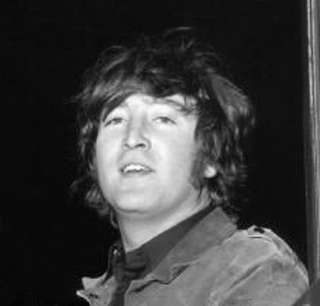
The Beatles' manager Brian Epstein announced on this day the group's plans to tour Germany, Japan, the Philippines and the United States.
The final live dates took place between June and August 1966, and were to be The Beatles' final scheduled concerts. Their last show was at San Francisco's Candlestick Park on August 29, 1966.
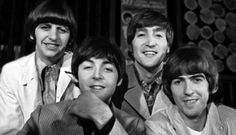
It was a slow day 50 years ago today for any news items regarding the Beatles. Probably working hard behind the scenes.
The documentary film of The Beatles' August 15, 1965 concert at New York's Shea Stadium had its world première on BBC 1 in the UK on this day.
The concert had been filmed by Sullivan Productions, owned by Ed Sullivan, in association with Brian Epstein's NEMS Enterprises and Subafilms, the company co-owned by Epstein and The Beatles.
The 48-minute programme was shown in black and white on the BBC's main channel. The songs She's A Woman and Everybody's Trying To Be My Baby were left out of the final edit, which also featured audio overdubs recorded in London on January 5, 1966.
In the US the film was shown in colour in cinemas. Press advertisements were designed by Klaus Voormann, The Beatles' friend from Hamburg who designed the cover artwork for Revolver later in 1966.
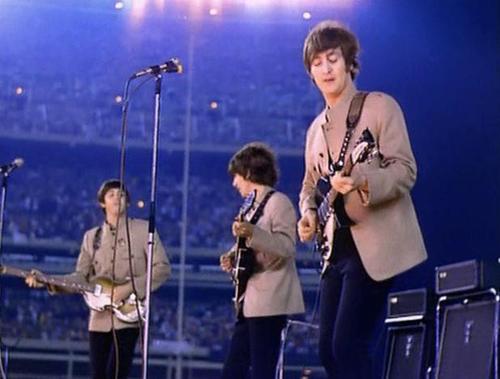
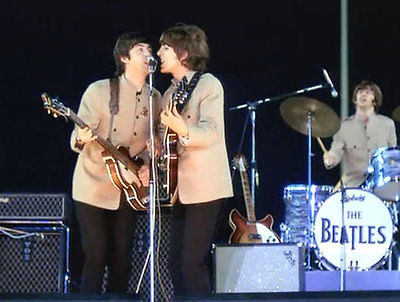
- 1962
- 1963
- 1964
- 1965
- 1966
- 1967
- 1968
- 1969
- 1970

